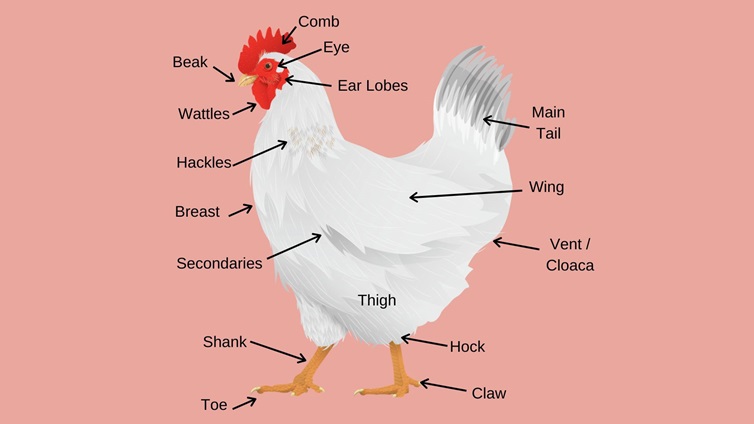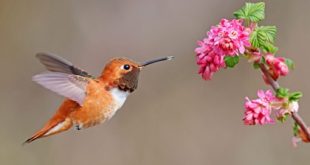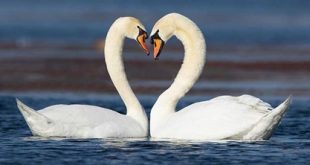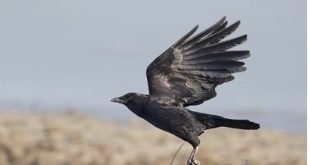Roosters, the male counterparts of chickens, are fascinating creatures. They are known for their vibrant plumage, loud crowing, and dominant behavior. Every part of a rooster’s body is uniquely adapted to its role, whether it’s in mating, protecting the flock, or finding food. Let’s take a closer look at the key body parts of a rooster and their functions.
A Body Parts Of Cock

1. Head
The head is a vital part of a rooster’s anatomy, containing several features that serve unique functions.
- Comb: The comb is the fleshy, red structure on top of a rooster’s head. There are various types of combs, such as single, pea, and rose combs. Its primary function is thermoregulation, helping the rooster maintain its body temperature. The comb is also a sign of health and vitality; a bright red comb indicates a healthy rooster, while a pale comb may signal illness.
- Wattles: These are the fleshy lobes hanging under the rooster’s beak. Wattles, like the comb, assist in temperature regulation by dissipating heat. They also play a role in courtship, attracting hens with their vibrant color.
- Beak: The beak is a multipurpose tool used for eating, pecking, grooming, and defending. A rooster’s beak is sharp and strong, allowing it to crack seeds, pick insects, and even fight off predators or rivals.
- Eyes: Roosters have excellent eyesight. Their eyes are located on the sides of their head, giving them a wide field of vision. This placement helps them spot predators from different angles. Additionally, they can see in color, which aids in identifying food and assessing their environment.
- Ears: Though not easily noticeable, roosters have small ear openings located on either side of their head. These are covered by feathers to protect them. Their hearing is sharp and helps them detect sounds from predators, other roosters, or hens.
- Snood: This is a fleshy protuberance located near the base of the beak. While more prominent in turkeys, a rooster’s snood is small and serves no significant function.2. Neck
The neck of a rooster is long and flexible, allowing it to move its head in various directions. The feathers on the neck, known as hackles, are brightly colored and become erect during displays of aggression or courtship, making the rooster appear larger and more intimidating.
3. Body
The rooster’s body houses vital organs and provides structural support. Key parts include:
- Breast: The breast is muscular and plays a role in powering the wings for short flights. It also provides insulation and cushioning.
- Wings: Although roosters are not strong fliers, their wings are essential for balance, short bursts of flight, and defensive displays. During fights or when avoiding predators, roosters use their wings for quick escapes or to appear more threatening.
- Feathers: Roosters have a stunning array of feathers, particularly on their saddle, back, and tail. Feathers provide insulation, protect the skin from damage, and play a crucial role in attracting hens. The shiny, colorful feathers on a rooster’s tail and neck are particularly important during mating displays.
- Skin: Beneath the feathers, the skin of a rooster is tough and helps protect against injuries. It also contains oil glands that maintain the health and sheen of feathers.
4. Legs and Feet
The legs and feet of a rooster are strong and adapted for various purposes.
- Thighs and Shanks: The thighs and shanks are muscular, enabling the rooster to run, jump, and kick. The shanks are covered in scales, providing durability and protection.
- Spurs: Roosters have sharp, bony projections on the back of their legs called spurs. Spurs are used primarily for defense and during fights with other roosters. They are a key feature in establishing dominance within a flock.
- Toes and Claws: Roosters have four toes on each foot, with sharp claws at the end. These are used for scratching the ground to find food, such as insects, seeds, and grains. The claws can also serve as a defense mechanism during fights.
5. Tail
The tail of a rooster is adorned with long, arching feathers that are often colorful and shiny. These feathers play an essential role in balance and flight. Additionally, the tail is a key feature during courtship, as roosters display their plumage to attract hens.
6. Internal Organs
Roosters share many internal organs with other birds, each serving critical functions.
- Heart and Lungs: These organs work together to circulate oxygen and blood throughout the body, ensuring the rooster remains active and healthy.
- Crop and Gizzard: The crop stores food temporarily before it enters the gizzard, where it is ground up. The gizzard contains small stones that aid in breaking down food for digestion.
- Digestive System: The digestive system is adapted to process a variety of foods, from grains to insects. It includes the crop, gizzard, intestines, and cloaca.
- Reproductive Organs: Unlike hens, roosters do not lay eggs, but their reproductive system includes testes and a cloaca. They fertilize eggs by transferring sperm to the hen during mating.
7. Voice Box (Syrinx)
Roosters are known for their iconic crowing, which is produced by the syrinx, located at the base of the trachea. Crowing serves multiple purposes, such as marking territory, alerting the flock to danger, or calling out to hens.
Behavioral Significance of Body Parts
Many of a rooster’s body parts are not just functional but also behavioral tools. For example:
- Aggression and Defense: The spurs, beak, and wings are used during fights to protect the flock or assert dominance.
- Courtship Displays: The comb, wattles, and colorful feathers are essential for attracting hens.
- Communication: The voice box and body posture help convey warnings, dominance, or contentment to other members of the flock.
Conclusion
Every part of a rooster’s body is designed to support its survival, reproduction, and role as the protector of the flock. From the sharp beak to the vibrant feathers, each feature is a testament to the evolutionary adaptations that have made roosters efficient and resilient. Understanding the anatomy of a rooster not only highlights the complexity of these birds but also deepens our appreciation for their role in the animal kingdom.
This article provides a comprehensive overview of a rooster’s anatomy and its functions. If you’d like to add more details or adjust the focus, let me know!


